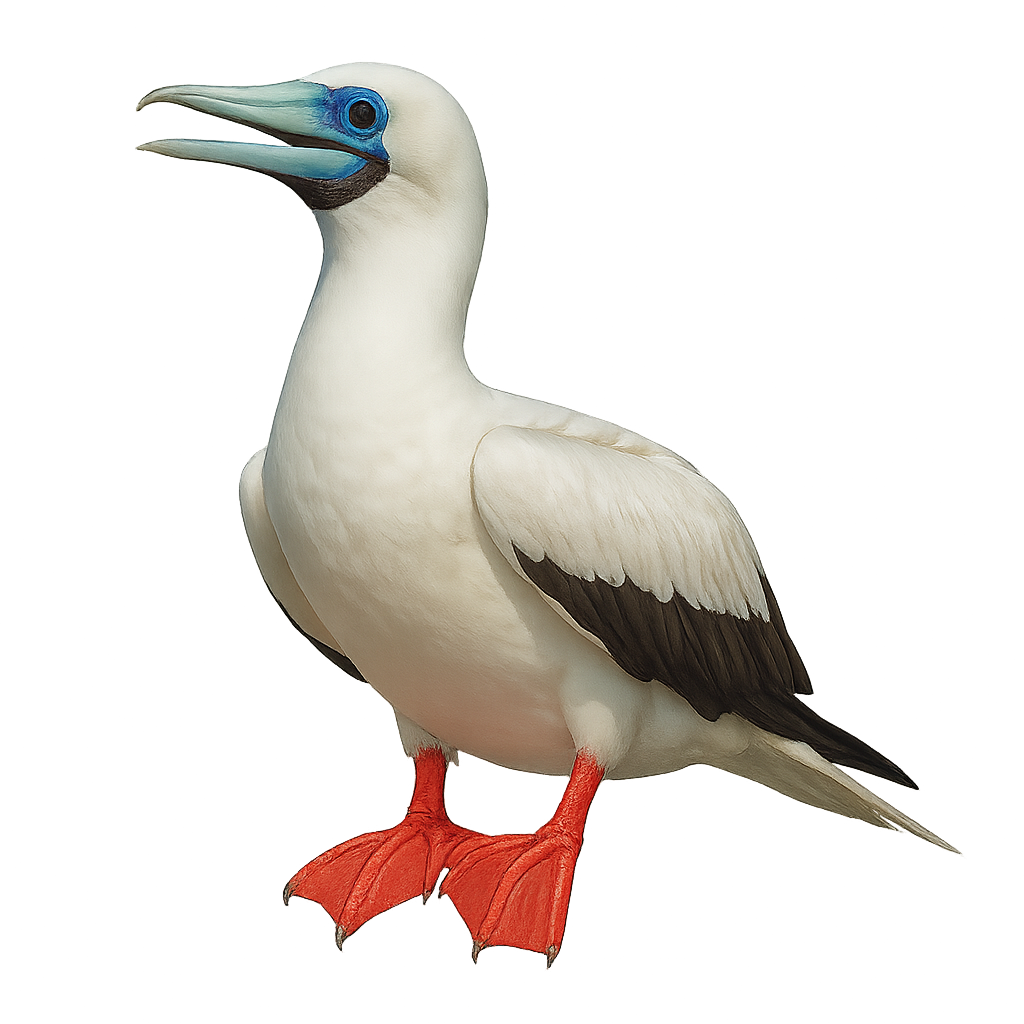Your wildlife photography guide.
Explore the red-footed booby in detail, study its behavior, prepare your shots.
Where to observe and photograph the red-footed booby in the wild
Learn where and when to spot the red-footed booby in the wild, how to identify the species based on distinctive features, and what natural environments it inhabits. The WildlifePhotographer app offers tailored photography tips that reflect the red-footed booby’s behavior, helping you capture better wildlife images. Explore the full species profile for key information including description, habitat, active periods, and approach techniques.
Red-footed booby
Scientific name: Sula sula

IUCN Status: Not Threatened
Family: SULIDAE
Group: Birds
Sensitivity to human approach: Suspicious
Minimum approach distance: 10 m
Courtship display: February to March
Incubation: 44-46 jours
Hatchings: March to May
Habitat:
Subtropical islands, cliffs, trees
Activity period :
Primarily active during the day, with peak activity in the morning and late afternoon.
Identification and description:
The red-footed booby is a remarkable seabird, easily recognized by its red feet and its white and brown plumage. It primarily lives on tropical islands in the Pacific and Indian Oceans, where it nests on cliffs or trees near water. It feeds mainly on fish, which it catches by diving from heights. It is a social species living in colonies, but it faces threats due to habitat loss and human disturbances.
Recommended lens:
300 mm – adjust based on distance, desired framing (portrait or habitat), and approach conditions.
Photography tips:
Photograph the red-footed booby using a telephoto lens to capture its distinctive red feet and acrobatic dives. It is best to photograph early in the morning or late in the afternoon when the light is softer and the animal is more active. Be discreet and respect their space, as these seabirds are sensitive to human presence and may take off quickly if disturbed.
The WildlifePhotographer App is coming soon!
Be the first to explore the best nature spots, track rutting seasons, log your observations, and observe more wildlife.
Already 1 430 wildlife lovers subscribed worldwide

